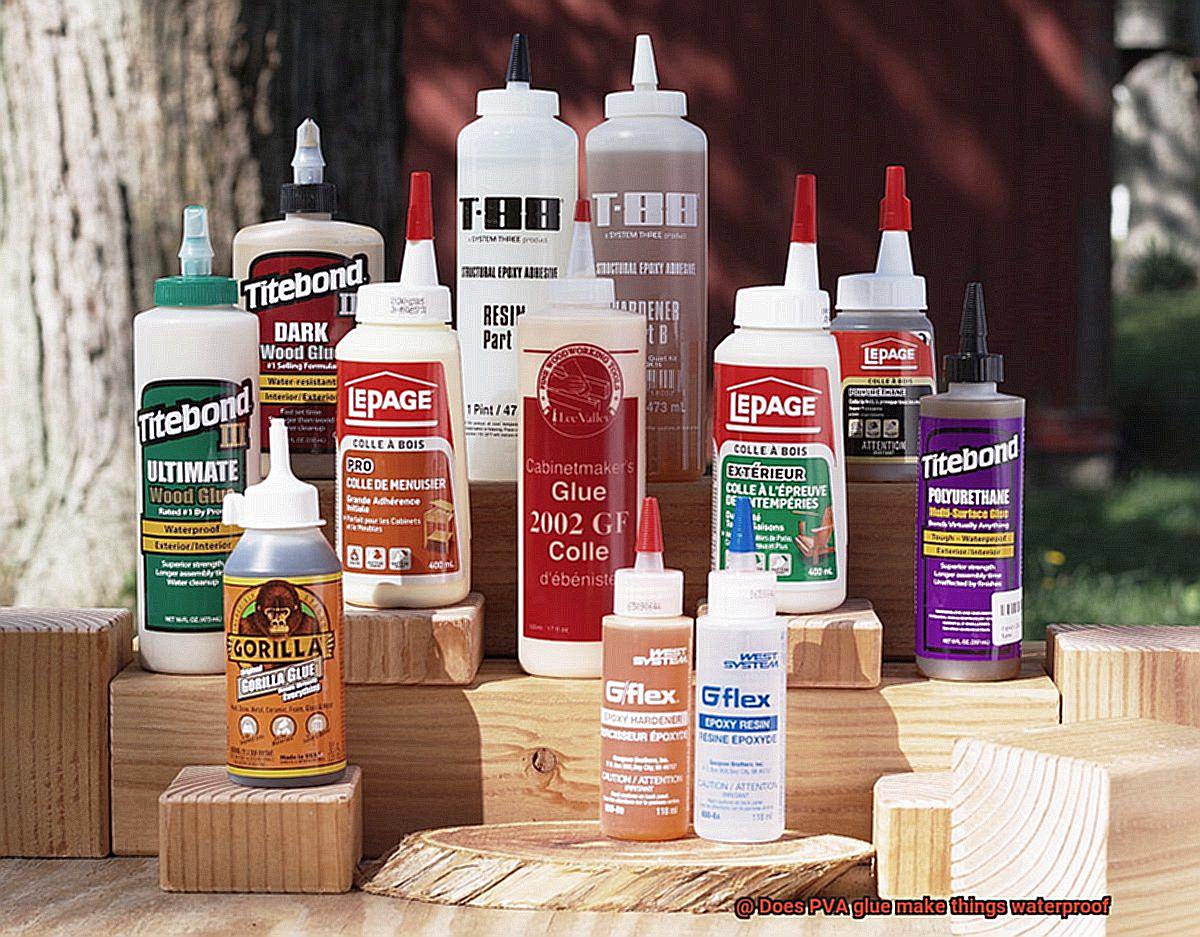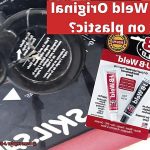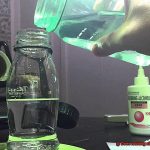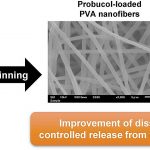Do your DIY projects often fall apart when exposed to water? Are you looking for a cheap and easy solution to make your crafts more durable and water-resistant? Enter PVA glue, the adhesive that promises to do it all.
Polyvinyl acetate (PVA) glue is a versatile adhesive that can bond together almost anything, from paper to wood, metal, and plastic. But what makes PVA glue stand out is its ability to supposedly waterproof materials.
For crafting enthusiasts and DIY enthusiasts alike, this claim could be a game-changer. But before we get too excited, let’s take a closer look at the science behind PVA glue. How does it work? And more importantly, can it really make things waterproof?
In this article, we’ll explore the truth about PVA glue and its waterproofing abilities. We’ll examine how PVA glue interacts with water and the properties that make it unique. So whether you’re a seasoned crafter or just starting out, by the end of this article, you’ll know whether PVA glue is the superhero adhesive you’ve been searching for or simply an urban myth.
Is PVA Glue Waterproof?
Contents
- 1 Is PVA Glue Waterproof?
- 2 Making PVA Glue More Water-Resistant
- 3 Adding Silicone to PVA Glue
- 4 Using a Waterproofing Agent with PVA Glue
- 5 Limitations of PVA Glue’s Water Resistance
- 6 Benefits of Using Waterproofed PVA Glue
- 7 Common Applications for Waterproofed PVA Glue
- 8 Tips for Working with Waterproofed PVA Glue
- 9 Conclusion
The answer is not a simple yes or no. PVA glue, also known as white glue, is a popular adhesive used in many different applications. While it is true that PVA glue is water-resistant, it is not entirely waterproof on its own.
So why can’t PVA glue withstand water for extended periods? The composition of PVA glue holds the key to this answer. It is made from polyvinyl acetate which becomes adhesive when it dries. As it dries, it forms a hardened layer that resists water, making it ideal for use in areas where moisture may be present. However, over time and with prolonged exposure to water, the glue can break down and lose its adhesive properties.
Fortunately, there are ways to make PVA glue more water-resistant. Manufacturers can modify the formula by adding additional chemicals, making it more suitable for demanding applications. Mixing PVA glue with substances such as silicone can also create a waterproof sealant used in construction and home repair projects.
However, even with these modifications, PVA glue may not be entirely waterproof and may not hold up under harsh weather conditions or prolonged exposure to water. To achieve a truly waterproof bond, other types of adhesives or sealants may be necessary.
Making PVA Glue More Water-Resistant
There are expert tips on how to make PVA glue more water-resistant.
One option is to add a waterproofing agent to the glue before using it. Silicone or epoxy are excellent options and can help create a more durable bond that can withstand exposure to water. By mixing the waterproofing agent with the glue according to the manufacturer’s instructions, you’ll have a more water-resistant adhesive that can handle any moisture.
Another method is to use a sealant over the top of the glue once it has dried. You can use a waterproof spray or coating to provide an additional layer of protection against moisture. However, keep in mind that while these methods can make PVA glue more water-resistant, they may not make it completely waterproof.
It’s essential to test any water-resistant modifications before relying on them for important projects or applications. Factors such as the quality of the glue used and the conditions it is exposed to will determine the level of water-resistance.
If you need a water-resistant adhesive for your project, PVA glue may not be your best option. But with some modifications and precautions, it can still be made more resistant to moisture and better suited for certain applications.
Adding Silicone to PVA Glue
Adding silicone to PVA glue can solve this problem and provide extra durability.
PVA glue is a popular adhesive choice due to its affordability and versatility, but it’s not completely waterproof. This is where silicone comes in. Adding 100% silicone caulk to PVA glue can improve its waterproofing properties and make it more suitable for a variety of applications.
To create your water-resistant glue, simply mix the two ingredients thoroughly using a ratio of approximately one part silicone to ten parts glue. This will ensure an even distribution of the silicone throughout the glue, making it more durable and resistant to water damage.
Once you have your waterproof glue, the possibilities are endless. Use it on surfaces such as wood, fabric, paper, and even as a sealant for aquariums and terrariums. However, it’s important to note that while adding silicone can improve the water resistance of PVA glue, it’s not a complete guarantee against water damage. Factors such as the type of surface being treated and the amount of exposure to water can still affect the durability of the glue.
Using a Waterproofing Agent with PVA Glue
Fear not. As an expert on the topic of waterproofing agents and PVA glue, I am here to share some valuable insights on how to make your glue water-resistant.
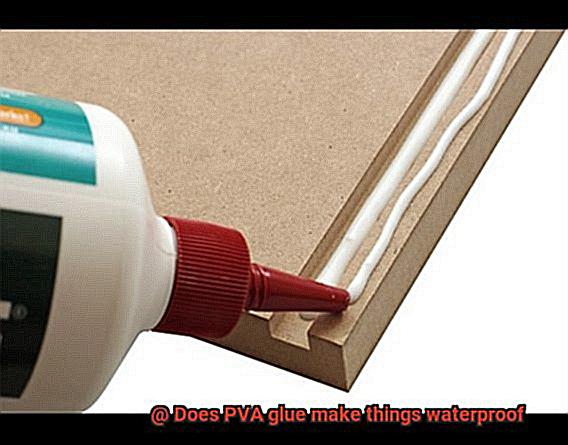
To start, it’s important to understand that while PVA glue can resist some moisture, it is not entirely waterproof on its own. However, there are several types of waterproofing agents available, including silicone and acrylic-based options that create a barrier on the surface of the material, preventing water from seeping through.
When using a waterproofing agent with PVA glue, it’s essential to mix them thoroughly and apply them evenly to the surface. Depending on the level of protection required, multiple coats may be necessary. However, be sure to allow each coat to dry completely before applying the next.
Once you have applied the glue and waterproofing agent, it’s crucial to let them dry completely before exposing the material to any moisture or water. This will ensure that the glue has fully bonded with the surface of the material, providing a strong and waterproof seal.
Using a waterproofing agent with PVA glue can significantly enhance its water-resistant properties and prolong the lifespan of materials exposed to moisture. Here are some additional tips to help you achieve optimal results:
- Choose a waterproofing agent that is compatible with your PVA glue.
- Apply the glue and waterproofing agent in a well-ventilated area.
- Use a brush or roller to apply the mixture evenly.
- Allow for adequate drying time between coats and before exposing the material to moisture.

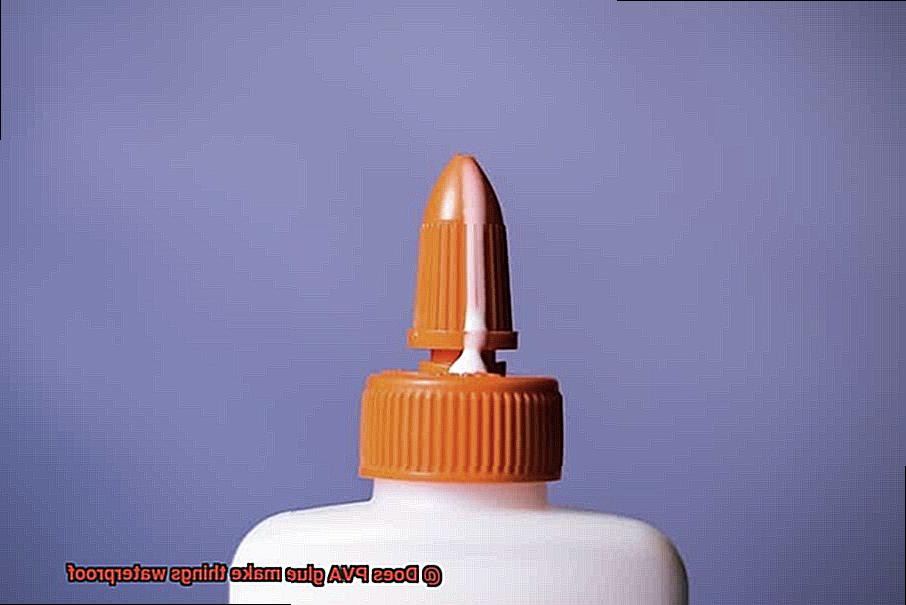
Limitations of PVA Glue’s Water Resistance
PVA glue is likely at the top of your list due to its versatility and ease of use. However, when it comes to water resistance, PVA glue has its limitations that are worth considering.
One of the main limitations of PVA glue’s water resistance is its susceptibility to break down when exposed to prolonged moisture. While it can resist water to some extent, it is not entirely waterproof. Thus, if an object glued with PVA glue comes into contact with water for an extended period, the bond may weaken and eventually break down, leading to the separation of the materials.
Another limitation of PVA glue’s water resistance is its inability to withstand extreme temperatures. When exposed to high temperatures, PVA glue can soften and lose its adhesive properties. This makes it vulnerable to water damage, and your project could fail.

Besides, PVA glue may not be suitable for use in areas with a high level of humidity or moisture, such as bathrooms or kitchens. The constant exposure to moisture can cause the glue to deteriorate over time, reducing its effectiveness in bonding materials.
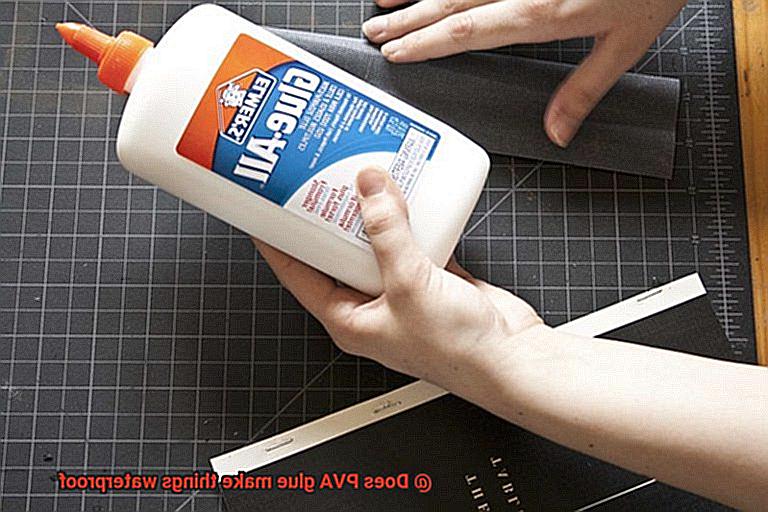
It is also essential to note that different types of PVA glue have varying levels of water resistance. Some formulas are specifically formulated for outdoor use and offer greater water resistance than standard PVA glues. Therefore, it is crucial to choose an appropriate adhesive that meets your project requirements.
In summary, while PVA glue can offer some level of water resistance, it has its limitations when it comes to extended exposure to moisture or extreme temperatures. It may not be suitable for use in areas with high humidity or moisture levels. As always, it’s crucial to consider the specific requirements of your project and choose an appropriate adhesive that meets those needs.
Benefits of Using Waterproofed PVA Glue

Look no further than waterproofed PVA glue. As an expert in the benefits of using waterproofed PVA glue, I can attest to its effectiveness in protecting your projects and providing additional strength and durability.
When it comes to outdoor projects or items that will be exposed to moisture, such as wooden furniture or decorative items, waterproofed PVA glue is a game-changer. It protects your project from water damage, ensuring that it lasts longer and maintains its quality over time.
But that’s not all – this type of adhesive also offers added strength and durability. When mixed with waterproofing agents, PVA glue creates a stronger bond that can withstand exposure to water and other elements. This makes it an ideal choice for projects that require strong adhesion and resilience, such as woodworking or bookbinding.
Moreover, this adhesive is incredibly user-friendly. It dries quickly and clear, making it easy to use for a variety of crafts and DIY projects. You can apply it with a brush or roller, without worrying about making a mess or leaving residue.
Common Applications for Waterproofed PVA Glue
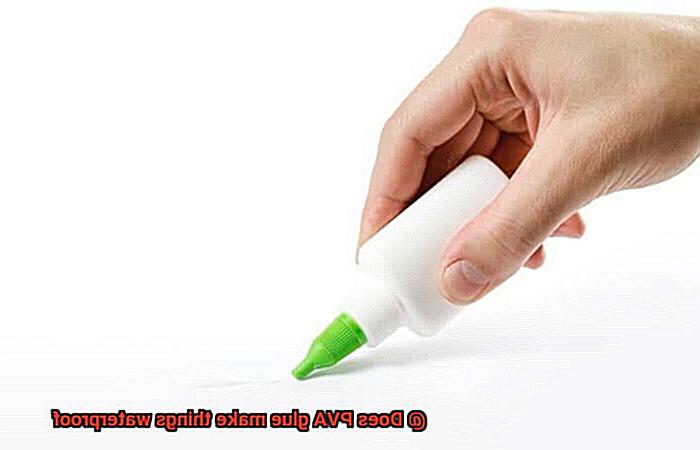
Waterproofed PVA glue is here to save the day. This versatile adhesive can be used in a variety of industries and applications, making it a go-to for those seeking protection from moisture.
In woodworking, waterproofed PVA glue can be used as a wood sealer and bonding agent. Protect your outdoor furniture or cabinetry from water damage and ensure their longevity with ease. Not only that, but it can also be used to bond wood together in furniture making or cabinetry.
Construction workers also benefit greatly from waterproofed PVA glue. It seals and bonds various building materials, preventing water from penetrating concrete and masonry surfaces and causing damage.
Artists and crafters love using waterproofed PVA glue for their paper mache projects and protecting their paintings and artworks from moisture. Its ability to resist water makes it an ideal choice for any project that requires protection from moisture damage.
Even the automotive industry takes advantage of waterproofed PVA glue’s water-resistant properties by using it to seal and bond car parts, such as headlights and taillights.
Tips for Working with Waterproofed PVA Glue
For a successful project using waterproofed PVA glue, it’s important to follow some tips and tricks to ensure a strong and long-lasting bond. The first tip is to choose a high-quality PVA glue specifically designed for waterproofing. Not all PVA glues are created equal, so look for a glue that is labeled as waterproof or water-resistant and suitable for your intended use.
Before applying the glue, make sure that the surface being glued is clean and dry. Any dirt or moisture on the surface can weaken the bond created by the glue. Apply the glue in thin layers rather than thick globs to ensure even coverage and a strong bond. You can also use a clamping system to hold the glued materials together while the glue dries, which helps prevent any shifting or movement of the materials during the drying process.
It’s important to note that waterproofed PVA glue may take longer to dry than regular PVA glue. So be patient and allow ample time for the glue to dry completely before using or exposing the glued materials to water. Once dried, you can expect a strong and durable bond that will stand up to exposure to water and moisture.
Don’t forget about proper storage of your waterproofed PVA glue. Keep it in a cool, dry place and tightly sealed to prevent any moisture from affecting its bonding properties. And remember, safety first. Always wear gloves and work in a well-ventilated area to avoid any potential fumes or skin irritation from the glue.
IpaUHqaGoxI” >
Also Read: Is white glue waterproof when dry?
Conclusion
In conclusion, PVA glue is a versatile adhesive that can bond almost anything together, making it a popular choice for crafting enthusiasts and DIY projects. However, when it comes to water-resistance, PVA glue has its limitations due to its composition of polyvinyl acetate.
But don’t throw away your bottle of PVA glue just yet. There are ways to make it more water-resistant by adding additional chemicals or mixing it with substances such as silicone to create a waterproof sealant. These modifications can offer many benefits such as added strength and durability and protection against moisture damage.
However, keep in mind that the level of water-resistance will depend on factors such as the quality of the glue used and the conditions it is exposed to. To avoid any mishaps, it’s crucial to test any water-resistant modifications before relying on them for important projects or applications.
Despite its limitations, using waterproofed PVA glue offers endless possibilities in various industries and applications such as woodworking, construction, art and craft projects, and even the automotive industry.
To work successfully with waterproofed PVA glue, follow some tips and tricks such as choosing a high-quality glue specifically designed for waterproofing and ensuring that the surface being glued is clean and dry before applying the glue. Additionally, allow ample time for the glue to dry completely before using or exposing the glued materials to water.

